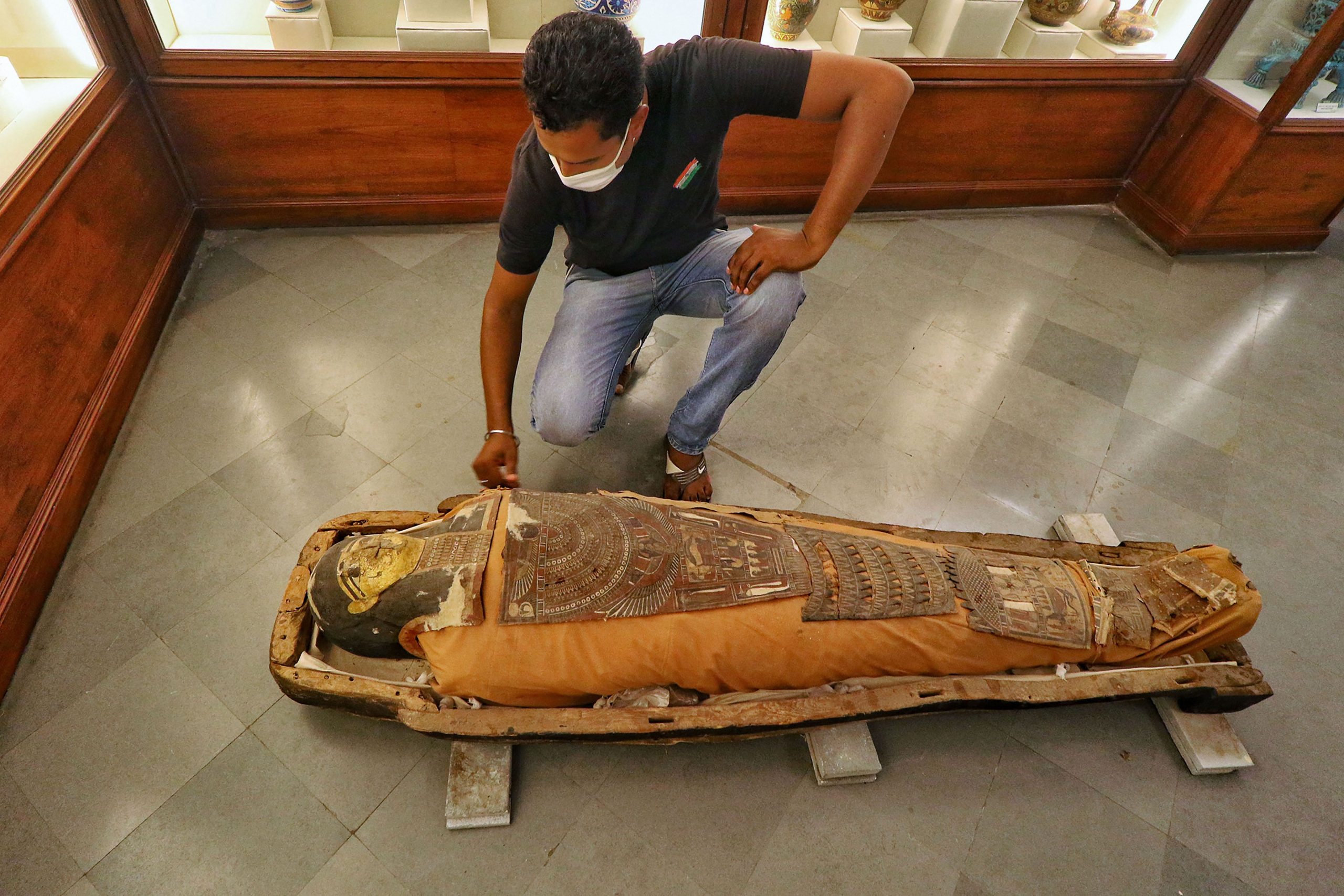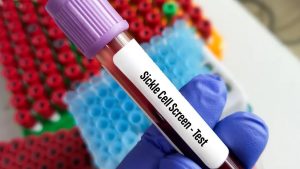Experts at an Italian hospital subjected the mummy of Ankhekhonsu, an ancient Egyptian priest, to a CT scan to discover its secrets as part of their research project.
The 3,000-year-old mummy of the priest was transferred from Bergamo’s Civil Archaeological museum to Milan’s Policlinico hospital so that the expert can understand his life and burial customs from that era.
Also Read: Ancient sculptures prompt Germany to reckon with colonial past
Sabina Malgora, the director of the Mummy Project Research said, “The mummies are practically a biological museum, they are like a time capsule”.
She further added, “Studying ancient diseases and wounds is important for modern medical research… We can study cancer or the arteriosclerosis of the past and this can be useful for modern research.”
The Egyptian mummy is transferred from the civil Archaeological museum in Bergamo to the hospital, where medical radiology technicians and researchers are seen examine it.
Also Read: Art isn’t priceless after all: 5 most expensive paintings in the world
Malgora also noted that the name of the mummy comes from the sarcophagus dated between 900 and 800 BC, where Ankhekhonsu – which means ‘the God Khonsu is alive’ – is written five times.
Researchers believe that they can reconstruct the life and death of the Egyptian priest and determine the kinds of products that were used to mummify the body.






